Golden Atlas Cedar
$109.50 Original price was: $109.50.$76.65Current price is: $76.65.
- Free Shipping over $25
- Fast & reliable delivery options
- Enjoy top quality items for less
- Multiple safe payment methods

Stately evergreens really bring character and atmosphere to our gardens, especially larger ones where there is room for them to spread to their full glory. Since they can take some years to reach their full potential, planting such a tree is a statement of being settled and comfortable where we are, or of leaving a legacy for the future. There are few if any other trees that give that air of grace and maturity so effectively as the Atlas Cedar and the closely-related Lebanese cedar. These trees are true cedars, and quite different from the American trees commonly called western cedar, or the Japanese cedar. These trees come from North Africa and the biblical lands of the Middle East, and have a unique spreading habit, maturing with widely-spaced branches and tall trunks.
Growing Golden Atlas Cedar Trees
The Golden Atlas Cedar is a special variety, with unique colorings. The needles of this evergreen tree last several years on the tree. In their first year they are yellow, in the second yellow-green, and in the third year bluish-green. So the outer needles glow bright against the darker, inner ones, giving this tree a wonderful and special character. When struck by the spring sunshine, it truly glows as the new needles expand in the warmth of the season. The tree looks like it is frosted with lemon icing, and makes an eye-catching and attractive specimen, even at a young age.
Young Golden Atlas Cedar trees have an upright, denser habit, with the branches ascending to form a conical pyramid. As the tree matures the branches become horizontal, more widely spaced and show more trunk. Eventually the branches sweep towards the ground, giving this tree a dramatic character like no other evergreen.
Planting and Initial Care
Plant your Golden Atlas Cedar in a sunny spot, preferably with some afternoon shade for a young tree, to preserve the yellow color of the needles. This tree is hardy to minus 10 degrees, so it will grow well in both the east and the west, and it is very drought and heat resistant when established, so it grows perfectly in hot, dry areas. It will grow in any well-drained garden soil, and only requires regular watering in the early years until it is established. It looks majestic on a large lawn, becoming more and more attractive as the years pass. It requires no maintenance, and it should be planted in an open area big enough for it to mature without trimming, as cutting back the branches reduces its unique character.
History and Origins of the Golden Atlas Cedar
The Atlas Cedar (Cedrus atlantica) grows wild in vast forests across the Atlas Mountains of Morocco, and into neighboring Algeria. It grows into a tree that can be 100 feet tall, with a trunk 6 feet thick. It was introduced into America around 1840, and it is often seen in older urban gardens, since it is more resistant to urban conditions than its relative, the Lebanese cedar. Such a tall tree is rather large for most gardens, but the Golden Atlas Cedar grows to a more modest height of around 25 to 35 feet, and a spread of 15 to 20 feet. This is its first advantage over the wild tree.
Its second advantage over the wild form is its color, which rather than the grey-blue of the ordinary tree, is a wonderful glowing yellow in spring, fading very slowly over the seasons into a blue-green. The origins of this unique tree are obscure, but it was discovered, perhaps as a seedling, in the late 19th century in Boskoop, the Netherlands. This area has been the center of the Dutch nursery industry for centuries. It can only be grown by taking stem pieces from correctly identified specimens, and attaching them to the roots of seedling trees. Cheaper trees grown from seed will just be like wild trees, and will certainly not have the dramatic golden coloring of this unique tree.
Buying Golden Atlas Cedars at The Tree Center
The Golden Atlas Cedar is rarely available at nurseries or garden centers, and at the Tree Center we are pleased to have found a good supply of top-quality specimens to offer to our customers. We know this tree will not be in stock long, with many enthusiasts keen to have a specimen of this unique and striking tree. To make sure you can grace your own garden with its special beauty, order now. You may also want to consider planting other popular varieties like the Blue Atlas Cedar or the Weeping Blue Atlas Cedar.
Be the first to review “Golden Atlas Cedar” Cancel reply
Related products
Evergreen Trees
Cryptomeria Trees
Evergreen Trees
Evergreen Trees
Evergreen Trees
Evergreen Trees
Cypress Trees
Evergreen Trees




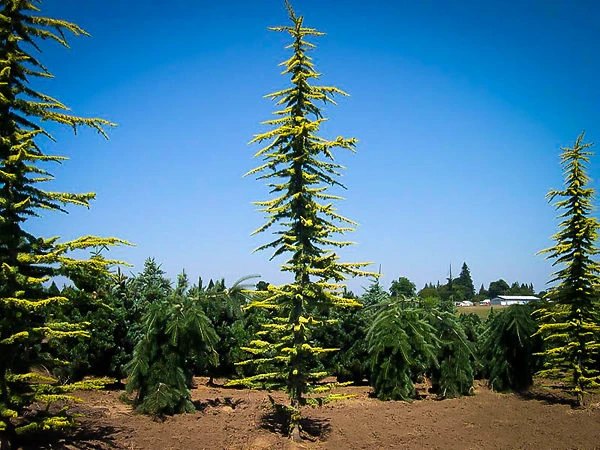
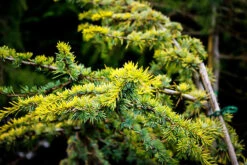
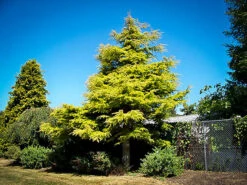




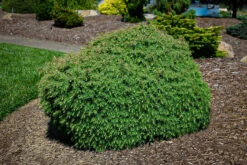

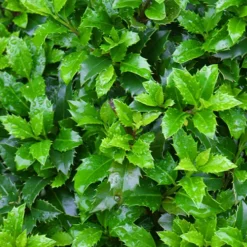

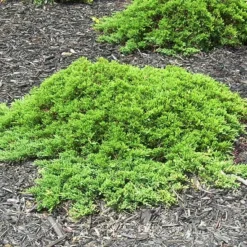
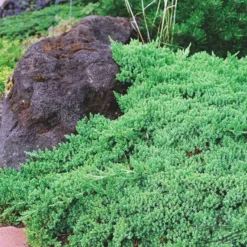






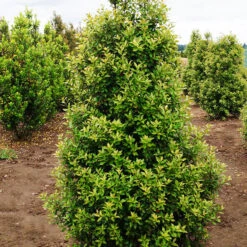

Reviews
There are no reviews yet.